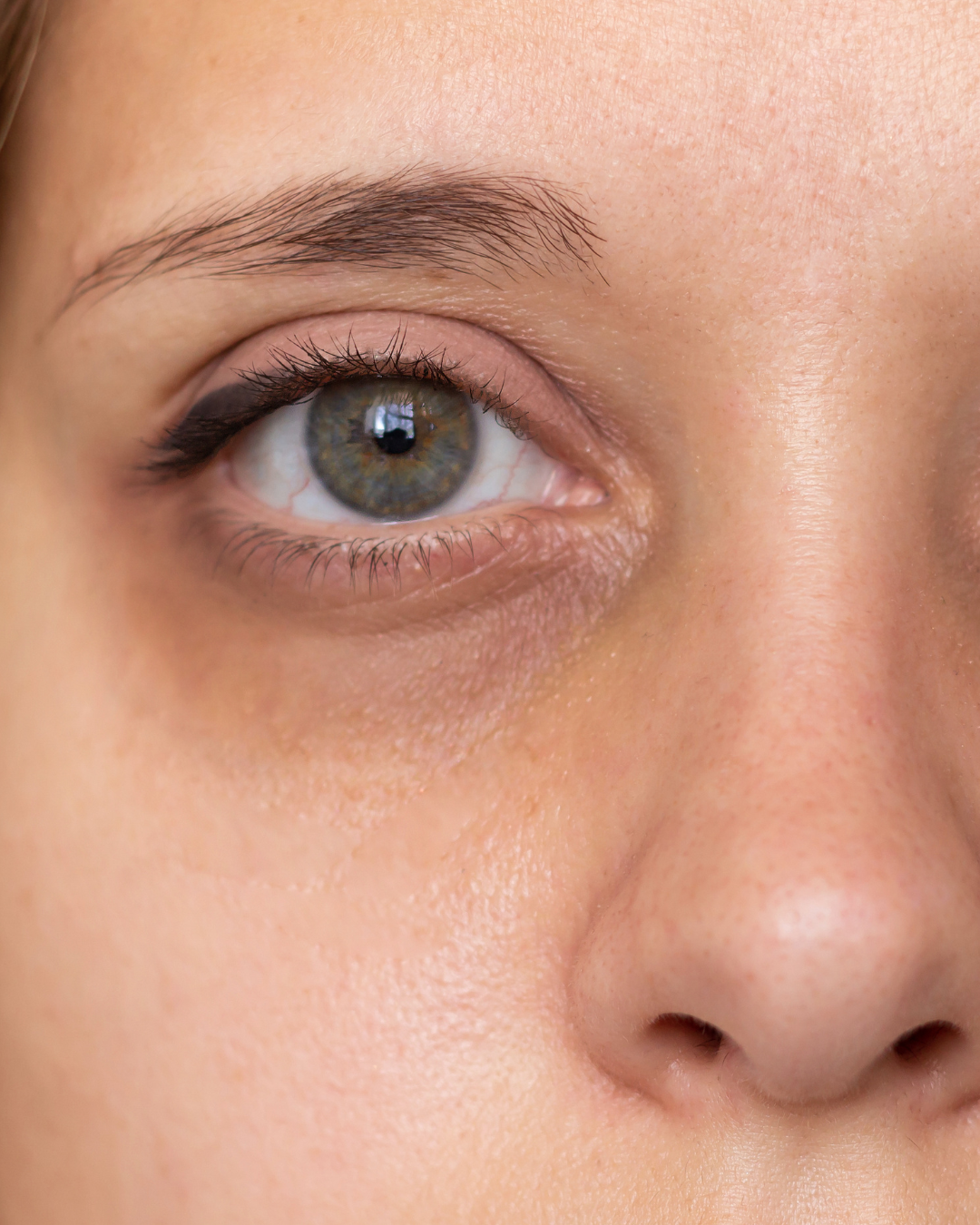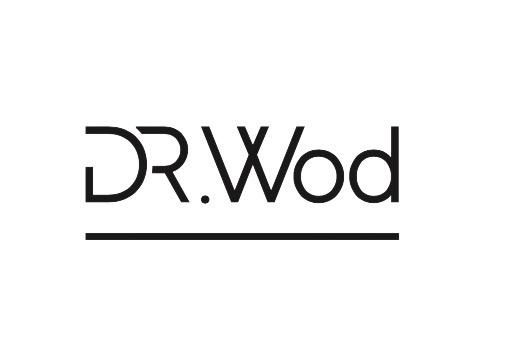
Understanding and Managing Dark Circles Under the Eyes
Share
Dark circles under the eyes are one of the most common concerns clients raise when visiting a cosmetic clinic. They can make us look tired, stressed, or older than we feel, even when we are well-rested. While dark circles are rarely a sign of a medical problem, they can impact confidence and are often frustrating to manage. Understanding the causes and adopting simple lifestyle adjustments can make a big difference in prevention and improvement.
Common Causes of Dark Circles
1. Genetics and Skin Structure
For some people, dark circles are largely hereditary. Thin skin under the eyes allows underlying blood vessels to show more easily, giving a shadowed or bluish appearance.
2. Pigmentation
Hyperpigmentation, which may be influenced by sun exposure, hormones, or skin type, can darken the under-eye area.
3. Allergies and Hay Fever
Allergic reactions and hay fever can contribute significantly to dark circles. Constant rubbing and irritation from itchy eyes may cause “allergic shiners,” which appear as purplish circles beneath the eyes. Treating hay fever with appropriate medications or allergy management can reduce this effect and help protect the delicate under-eye skin.
4. Lifestyle Factors
Poor sleep, dehydration, smoking, and excessive alcohol intake can all make dark circles more prominent. Fatigue can also cause the skin to appear paler, making shadows more noticeable.
5. Aging
With age, the skin under the eyes becomes thinner and loses collagen and fat, making the hollowing and blood vessels more visible.
Lifestyle Changes to Help Prevent Dark Circles
- Manage allergies and hay fever: Addressing allergies early can reduce irritation and prevent the formation of allergic shiners. Antihistamines, nasal sprays, and medical advice can help keep symptoms under control.
- Be gentle with the eye area: Avoid rubbing your eyes and apply or remove makeup carefully without pressing or pulling the skin. Use soft cotton pads or your ring finger to apply products with minimal pressure.
- Prioritise sleep and hydration: Quality sleep and good hydration can improve overall skin health and reduce tired-looking eyes.
- Protect from the sun: Daily use of sunscreen and sunglasses can prevent pigmentation and premature aging around the eyes.
- Adopt a healthy lifestyle: Reducing alcohol, avoiding smoking, and maintaining a nutrient-rich diet support skin health and reduce under-eye concerns.
Cosmetic Treatments for Dark Circles
When lifestyle measures are not enough, a variety of safe and effective treatments may improve the appearance of dark circles. Ranging from topical creams, to PRP and Vitamin boost treatment.
Final Thoughts
Dark circles are a common concern with many contributing factors, but they don’t have to be permanent. By understanding the causes and taking steps to care for the delicate under-eye area, you can reduce their appearance and improve skin health. For those wanting more noticeable or long-term improvement, our clinic offers tailored treatment options to help you manage this concern.
